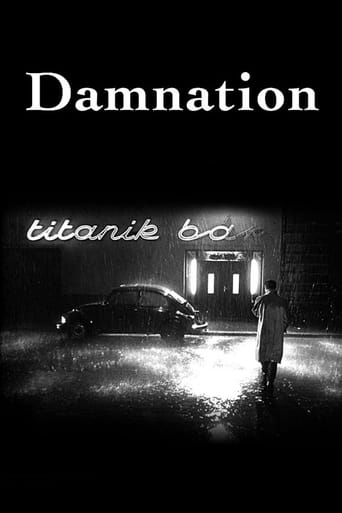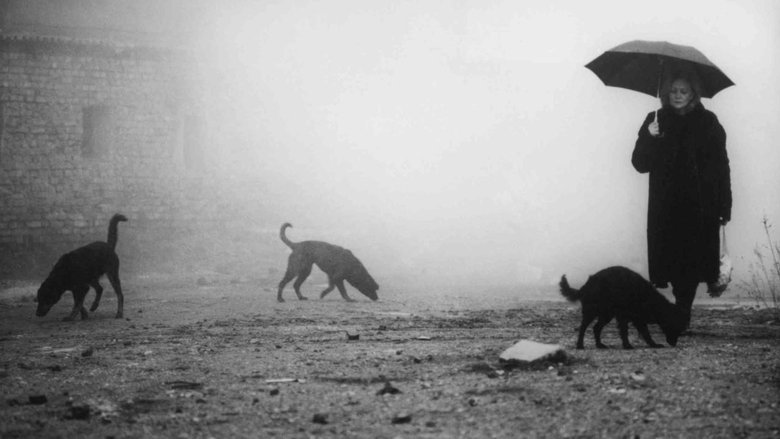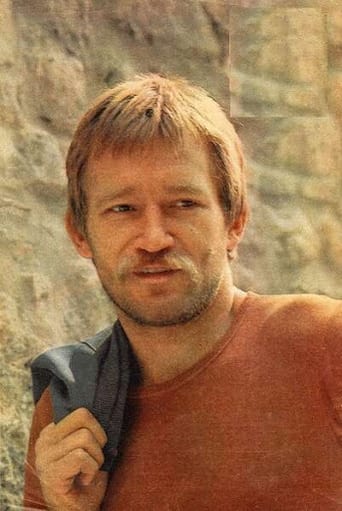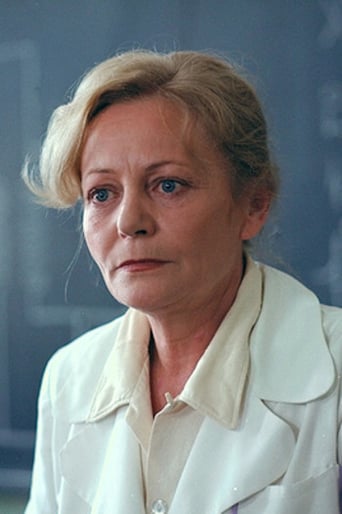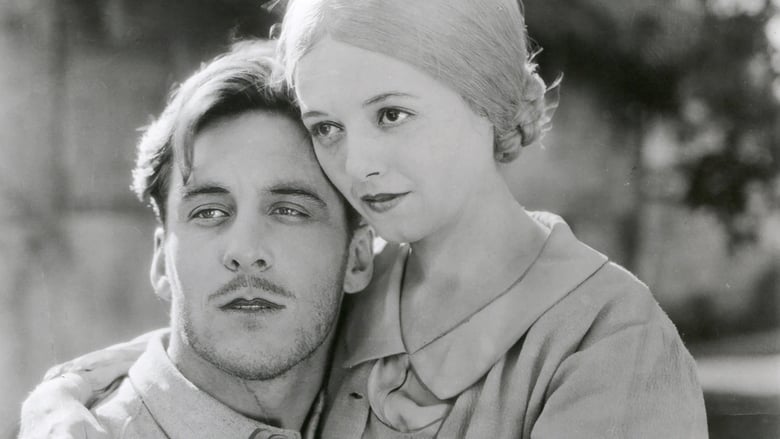Karrer plods his way through life in quiet desperation. His environment is drab and rainy and muddy. Eaten up with solitude, his hopelessness would be incurable but for the existence of the Titanik Bar and its beautiful, haunting singer. But the lady is married and Karrer is determined to keep her husband away...


Similar titles

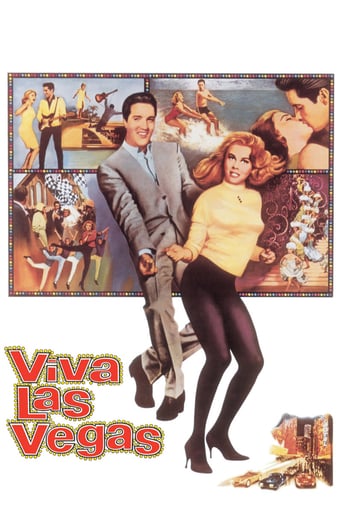
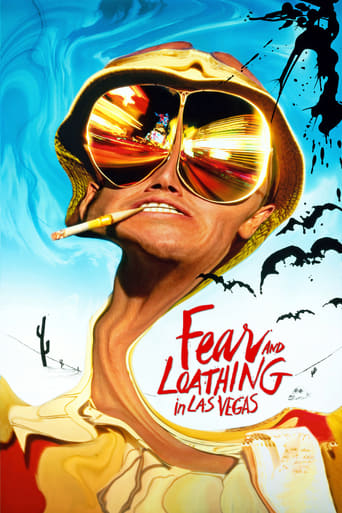
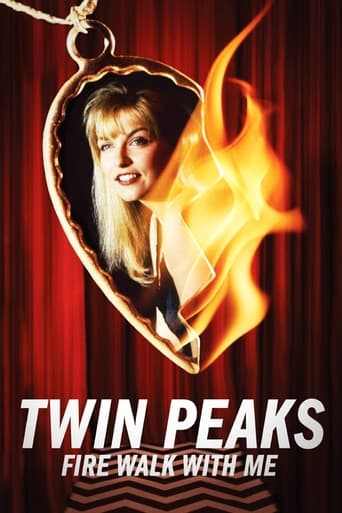
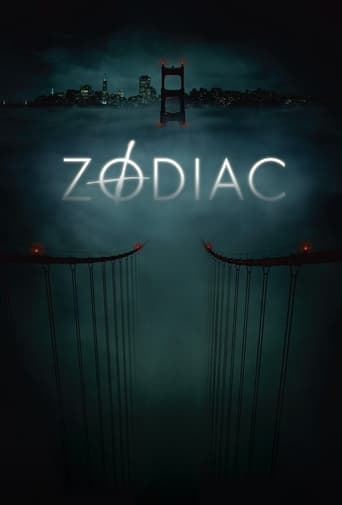

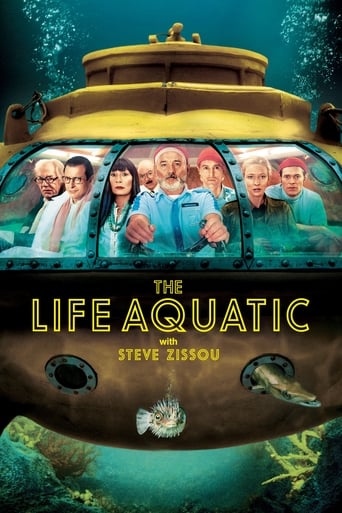



Reviews
If only there was an Academy Award for Best Use of Ore Carts, Béla Tarr would be the proud owner of an Oscar for Damnation. There is simply no other film whose depiction of ore carts holds a candle to Tarr's masterful portrayal of dozens of carts suspended on a cable, traversing the landscape and incessantly gazing down upon a small Hungarian town.Some industry insiders say the Academy may have been convinced to create the award had the mining community rallied behind the film. But at the time, Hungarian miners thought it was more important to jump on the "revolt against the Soviets" bandwagon than to lobby for increased recognition of the mining implements so long unappreciated by the Hollywood establishment.Naysayers claim the Academy would not have given in to public pressure, citing the animal welfare community's failed campaign in support of a proposed Oscar for Best Performance by Stray Dogs, which experts agree would have been easily won by Damnation and its motley pack of canines.However, it is generally believed that this was not a reflection of an aversion to expanded award offerings, but a result of the powers that be buying into the notion that because Hungary was a communist country when Damnation was filmed, the dogs featured in the film were not unwanted strays, but the people's dogs, owned and loved by millions, and therefore not sufficiently disadvantaged to merit special honors.Other proposed awards that garnered significant grass roots support include Oscars for Most Atmospheric Droning, Best Poorly Synched Music, and Original Use of Indoor Campfire, as well as a Guinness Record for Most Rain Per Minute Filmed, none of which ultimately came to be.But of all the awards not awarded, the Oscar for Best Use of Ore Carts is the one that will stand out in people's minds when they inevitably recall the ever-vigilant unsung heroes of one of the wettest land-based films ever made. If that makes Damnation sound like an uncommon sort of movie living in its own cinematic world that most filmmakers never visit, that's because it is, and that's a good thing.
"It's not social, it's not ontologial, it's cosmical, the s**t is cosmical!" - TarrThe world is hell and we're all damned, mourns Bela Tarr in "Damnation", a supremely bleak film. Bouncing from irredeemable gloom to relentless despair and finally defeat, the film paints a landscape of decaying homes, perpetual thunderstorms and dog infested streets. It's characters, meanwhile, spend all their time drinking booze and dancing listlessly at local nightclubs. They seek escape and solace, but both are temporary at best, illusions at worst. There's no running from the black.The film's key motif is a series of cable cars which run above the town, forever extracting coal from Tarr's dying mining community. Underneath this conveyor belt, this ribbon of constant motion, humanity remains immobilised, its life force slowly sucked away. While the world revolves, humanity remains in inky stasis, Tarr's characters both tethered painfully to the past and crippled by an unknowable future; tormented by memories and regrets, but scared of hoping. Nothing survives, Tarr says, you're dying the moment you're born. Why hope?Within this sickeningly bleak world lives a man called Karrer, a balding figure who navigates earth with a death mask. He wishes all children would die, if only to end the suffering that is the human race. The only joy he finds is in the presence of a woman, a local night club singer, but we sense that his love for her is itself selfish. She seeks to escape this hell, skipping town to become a famous singer elsewhere, but he can't have that. If she escapes then it places the blame of immobility on him. Better to keep her here, anchored, in the darkness, suffocated. Karrer's hope, then, is to reaffirm hopelessness. Indeed, nothing scares him more than children, with their bright eyes and cute faces, "because they swindle mankind into going on with this charade and condemn us all to an eternity of horror." For Karrer, who like everyone in the film speaks with apocalyptic aphorisms, existence itself should be rejected.The film ends with Karrer selling his soul to the authorities, before stepping back out into the rain. He picks a fight with a dog – he is one of them now – before disappearing behind a mound of dung. He's trapped, dead, his body already festering...whilst high above the village the cable cars continue their slow crawl, further and further into the air, always moving, a ticker tape to nowhere.8.5/10 – "Damnation" contains 3 excellent, powerful scenes, but its glacial pace will irk most viewers (increase the frame-rate on your DVD player). Kicked out of his university philosophy class for being too "extreme", Tarr quickly blossomed into the most suicide inducing film-maker since Antonioni. Though few have seen his films, he's been a huge influence on late career Gus Van Sant and Steven Soderbergh. His arty black and white cinematography lures us into a world of extremely long takes and extremely slow pans, the viewer beaten into submission by an aesthetic of inaction. Makes a good companion piece to "Red Desert ". Worth two viewings.
Bela Tarr became the most well known Hungarian director of films with the 1987 release of Damnation (Kárhozat). And, it's no wonder. While not an inarguably great film, it is certainly close, and a good case for its greatness can be made. More cogently, the film showed Tarr as a filmmaker who is singular, despite some manifest parallels to the work of Andrei Tarkovsky and Theo Angelopoulos. This 117 minute long black and white film, shown in a 1.66:1 aspect ratio is similar, in structure, to Tarkovsky's Stalker, and in pacing to Angelopoulos's films, although its visual imagery is straight out of the Italian Neo-Realism of the 1940s and 1950s.The film opens with a long slow pullback from a hot of a tramway of mining buckets moving back and forth, suspended over a bleak landscape, part of a small mining town. The sounds of the mechanized drudgery set the tone for the film, and as the camera pulls back from the buckets we see that we are inside an apartment, looking out the window at them. The camera then pulls even further back and around the silhouetted of a man's head. The slow reveal moves from almost a documentary-like feel to one of utter expressionism, as it finally ends, and we see a man shaving with a razor. This break, several minutes into the film, ends a shot that is almost a mirror image of the final shot of Michelangelo Antonioni's The Passenger. Antonioni, of course, is another filmmaker that Tarr is often compared to, and without a doubt, there are also similarities. Like the Italian cinematic master, Tarr's shot is, at once, the essence of simplicity, but also complexity and duplicity, for, while we start out with what seems an objective documentary shot of an industrial landscape, suspended in mid-air, it soon morphs into what seems to be a subjective shot of a character looking hopelessly out of a definite place. But, then, as the camera pulls back behind the putative eyeline of the silhouetted figure, the shot again becomes objective and omniscient, then switches to a more conventional shot of the main character, whom we learn is called Karrer (Miklós Székely), shaving. Then, we see, as the camera, again pans behind him, how his reflected image disappears behins the imposition of the darkness Karrer's body casts, until his face is swallowed by his body's darkness.The film is, despite its black and white, dark and sodden landscapes, amazingly beautiful. Rarely has the geography of the human mien been captured so wrenchingly, whether in the faces of the main characters, or in shots that seem to be social commentaries that underscore and play out against the main narrative, and featuring people who are never seen again. There is almost a clinical aspect to the way that Tarr pores over not only the human aspect but also the ruins of a small town. Yet, never is it technically clinical. The slow motion of camera movements away from the seeming center of the story is something that few filmmakers do. Yet Tarr does so, not only with ease, but a purposiveness that hints at the fact that the putative focus of that is just that, putative, and of no more genuine interest than a small portion of a derelicted building he turns his camera on.Damnation is a film that achieves greatness in many moments, but sometimes does not know when its points have all been made. The slight excesses of lingerance are the only down sides to a film that is a terrific document of the human creature; one that still has relevance to its viewers, as well as its viewed.
Hey! Crazy movie! Oh Gaad it was so boring and depressing! Actually I felt quite privileged to have watched this film. Some people are NOT making films with the intention of being popular, and Bela Tarr is one of them. Satantango is 7 and a quarter hours long, and this one stretches an existential eternity across its 2 hours, bringing us 2 hours closer to death but hopefully nearer to life.I was looking for symbolic significance from the first achingly long shot, but we were lucky enough to have Tarr interviewed in the cinema afterwards. He scuppered any suggestion of symbolism in his films, insisting that the fact of pointing a camera lens only at things that exist means that metaphysics and allegory are impossible in film. More than a hint of his totalitarian background in his didactic description of his work.I felt like I had learned something from this film. I thought it showed how life in Hungary can be depressing, a struggle, apparently hopeless, but that the hopelessness only really comes from inside the person. A desperate, selfish man lurks around the drab industrial landscape, fixated on his one motivation, the woman who is his object of desire. He hatches a plan to get rid of her husband. Afterwards the director stated explicitly that the plot is deliberately simple and even banal - the main character delivers one monologue about how all stories dissipate and all heroes dissipate and die away. He stated that the dogs and the rain which both haunt the film are characters and have stories as much as the people.If you get the chance, go and watch it. It's a proper work of art, there's nothing wrong with it!!!!!!!!!!!
